Are you tired of finding fur all over your clothes, furniture, and floors? Shedding is a common issue among dog owners that can sometimes feel like an unavoidable nuisance. But fear not! Understanding why dogs shed, how to manage it, and when to be concerned can help you maintain a healthy and happy relationship with your furry friend.
Contents Overview
Dog shedding is a fascinating yet inevitable aspect of canine life that every pet owner encounters. It’s like nature’s way of hitting the reset button on your furry friend’s coat, allowing for a fresh start with each shedding cycle. From the majestic Husky to the regal Golden Retriever, every breed has its own shedding story to tell. But fret not, for within this furry chaos lies a world of understanding and proactive care. By delving into the intricacies of the shedding cycle, mastering the art of grooming, and embracing the occasional tumbleweed of fur rolling across your floor, you’ll embark on a journey of companionship and care that transcends the transient inconvenience of shedding. So, grab your brush, roll up your sleeves, and join your canine companion on this shedding adventure—they’ll thank you with wagging tails and endless cuddles amidst the shedding storm.
Why Do Dogs Shed?
Dogs shed for various reasons, reflecting their biological needs and environmental factors. Understanding why dogs shed is key to managing this natural process effectively. Here’s why dogs shed:
1- Natural Coat Renewal
Shedding is a normal part of a dog’s life cycle. It allows old or damaged hair to be replaced with new, healthy fur, ensuring the coat remains in optimal condition.
2- Temperature Regulation
Dogs shed to adjust to changing temperatures. In colder months, they grow a thicker coat for insulation, while shedding excess fur in warmer seasons to prevent overheating.
3- Breed Characteristics
Different breeds have varying coat types and shedding patterns. Breeds with double coats, such as German Shepherds and Huskies, shed more profusely as they have both an insulating undercoat and a protective topcoat.
4- Hormonal Changes
Hormonal fluctuations, such as those occurring during puberty, pregnancy, or after spaying or neutering, can influence shedding patterns.
5- Photoperiodism
Changes in daylight duration can trigger shedding. Dogs, like many other animals, have a biological response to the length of daylight, which can affect their shedding cycle.
6- Stress and Health
Stress, illness, poor nutrition, and underlying health conditions can also impact shedding. Dogs may shed excessively when experiencing physical discomfort or emotional distress.
7- Seasonal Factors
Many dogs experience seasonal shedding, commonly known as “blowing coats,” during spring and fall. This shedding helps them adapt to temperature changes and prepares their coat for the upcoming season.
Understanding these reasons can help pet owners better manage to shed through grooming, nutrition, and veterinary care, ensuring their dog’s coat remains healthy and their homestays fur-free.
Understanding the Shedding Cycle
Understanding the shedding cycle is crucial for effectively managing your dog’s fur and maintaining a healthy coat. Dogs go through three main phases in their shedding cycle:
1- Anagen Phase:
This phase is the active growth stage where hair follicles produce new hair.
New hair pushes out old hair, allowing for continuous renewal of the coat.
The length of the anagen phase varies depending on factors like breed, genetics, and overall health.
2- Catagen Phase:
In the catagen phase, hair growth stops, and the follicle begins to shrink.
This transitional phase prepares the hair for shedding by detaching it from the follicle.
While hair is no longer growing during this phase, it remains anchored in the skin.
3- Telogen Phase:
The telogen phase is the resting period when shedding occurs.
Old hair is released from the follicle, making way for new growth.
Shedding during this phase is a natural process and helps maintain the health and integrity of the coat.
Tips for Managing Shedding
Managing shedding in dogs requires proactive care and attention. Here are some effective tips to help you keep shedding under control:
1- Regular Brushing:
Brush your dog’s coat regularly to remove loose fur and prevent it from accumulating around your home.
Use a grooming tool that suits your dog’s coat type, such as a slicker brush for longer hair or a shedding blade for double-coated breeds.
2- Healthy Diet
Provide your dog with a balanced diet rich in omega-3 fatty acids and other essential nutrients for skin and coat health.
Consult with your veterinarian to ensure your dog’s diet supports a healthy coat and minimizes excessive shedding.
3- Bathing:
Bathe your dog regularly with a mild, dog-specific shampoo to remove loose fur and debris from the coat.
Avoid over-bathing, as it can strip the skin of natural oils and lead to dryness, which may exacerbate shedding.
4- Supplements:
Consider adding omega-3 fatty acid supplements to your dog’s diet to promote healthy skin and coat.
Supplements containing ingredients like fish oil or flaxseed oil can help reduce shedding and improve coat condition.
5- De-shedding Tools:
Invest in de-shedding tools such as grooming gloves, shedding brushes, or undercoat rakes to effectively remove loose fur from your dog’s coat.
Use these tools regularly, especially during peak shedding seasons, to minimize fur buildup in your home.
6- Professional Grooming:
Schedule regular grooming appointments with a professional groomer to help manage shedding, particularly for breeds with thick or double coats.
Professional groomers can use specialized techniques and tools to remove excess fur and keep your dog’s coat healthy and tidy.
7- Maintain a Clean Environment:
Vacuum and clean your home frequently to remove loose fur from floors, furniture, and carpets.
Wash your dog’s bedding regularly to prevent fur buildup and maintain a clean sleeping area.
By implementing these tips into your grooming routine and overall care regimen, you can effectively manage shedding and keep your dog’s coat healthy and your home clean and fur-free. Consistency and diligence are key to minimizing shedding and ensuring your furry friend remains comfortable and happy.
When to Be Concerned
While shedding is a normal and natural process for dogs, there are instances when excessive or abnormal shedding may indicate underlying health issues. Here are some signs to watch for and when to be concerned:
1- Sudden Increase in Shedding:
If your dog suddenly sheds more than usual without any apparent reason, it could be a sign of an underlying health problem.
Monitor your dog’s shedding patterns and consult with a veterinarian if you notice a significant change.
2- Bald Patches or Hair Loss:
Bald patches, thinning hair, or areas of hair loss on your dog’s coat may indicate skin conditions, allergies, hormonal imbalances, or parasites.
Pay attention to any unusual changes in your dog’s coat and seek veterinary advice if you notice bald spots or excessive hair loss.
3- Skin Irritation or Inflammation:
Excessive scratching, redness, inflammation, or irritation of the skin can contribute to increased shedding.
Skin conditions such as dermatitis, fungal infections, or parasites like fleas and ticks may cause discomfort and lead to excessive shedding.
4- Changes in Behavior or Appetite:
If your dog exhibits changes in behavior, such as lethargy, loss of appetite, or discomfort when touched, it could indicate an underlying health issue contributing to shedding.
Dogs may experience stress, anxiety, or discomfort due to health problems, which can manifest as changes in behavior and shedding patterns.
5- Persistent Shedding Despite Maintenance:
If you diligently follow grooming and care routines but notice persistent shedding that does not improve, it’s essential to investigate further.
Underlying health conditions or environmental factors may be contributing to excessive shedding, requiring veterinary attention for diagnosis and treatment.
6- Unusual Odors or Discharge:
Unpleasant odors, discharge, or abnormal skin conditions accompanying shedding may indicate infections, allergies, or other health concerns.
Pay attention to any unusual smells or discharge from your dog’s skin and seek veterinary guidance for proper evaluation and treatment.
If you observe any of these signs or are concerned about your dog’s shedding behavior, it’s essential to consult with a veterinarian promptly. Early detection and intervention can help identify and address underlying health issues, ensuring your dog receives the necessary care and treatment to maintain a healthy coat and overall well-being.
Bottom Line
Understanding the reasons behind your dog’s shedding and implementing effective management strategies can make the process more manageable for both you and your furry companion.
By incorporating regular grooming, a healthy diet, and monitoring for any abnormal changes, you can ensure your dog’s coat stays healthy and your home remains fur-free. Embrace the shedding as a part of your dog’s natural cycle, and enjoy the unconditional love and companionship they provide, despite the occasional furry inconvenience.
Key Takeaways:
- Natural Process: Shedding is a natural process for dogs, influenced by factors like breed, season, health, and hormonal changes.
- Shedding Cycle: Understanding the shedding cycle involves three main phases: anagen (growth), catagen (transition), and telogen (resting/shedding).
- Management Tips: Effective shedding management includes regular brushing, providing a healthy diet, bathing, using supplements, utilizing de-shedding tools, and scheduling professional grooming sessions.
- Concerning Signs: Keep an eye out for sudden increases in shedding, bald patches, skin irritation, changes in behavior or appetite, persistent shedding despite maintenance, and unusual odors or discharge.
- Veterinary Attention: If concerned about excessive shedding or accompanying symptoms, seek veterinary advice promptly for proper evaluation and treatment.
Understanding the shedding process and implementing proactive care strategies can help pet owners effectively manage shedding, maintain a healthy coat, and ensure their dog’s overall well-being.

Introducing Angie Pistou, a certified Dog Groomer/Stylist trained at Sue Oliver Dog Grooming School. As a member of ICMG (International Certified Master Groomers), Angie is dedicated to excellence, currently working towards achieving Master Groomer Level 3.
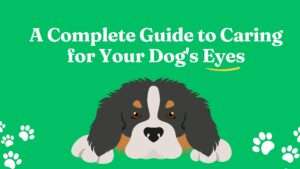
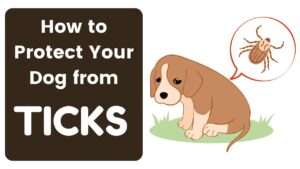
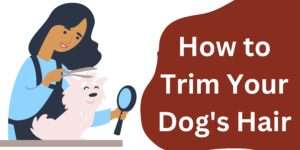
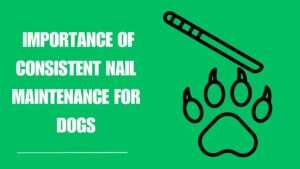
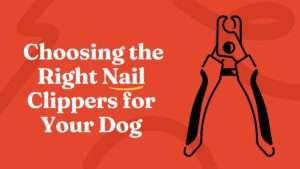
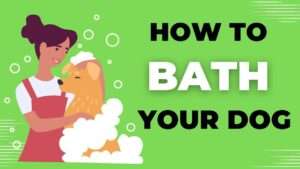
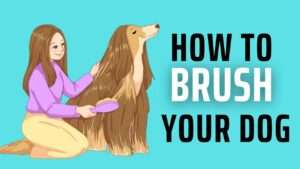
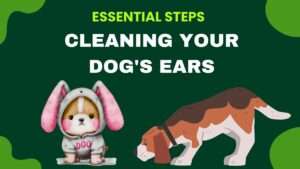
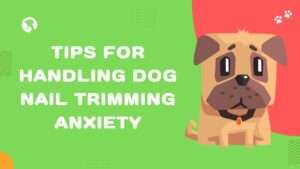
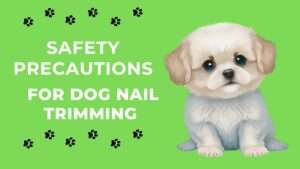
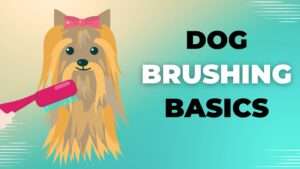
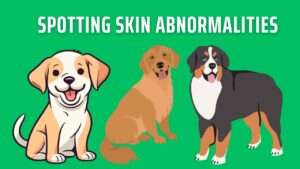
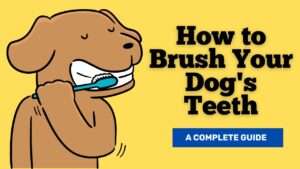
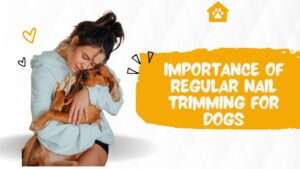
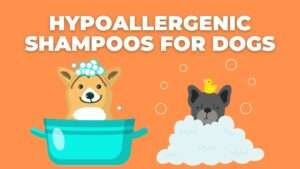
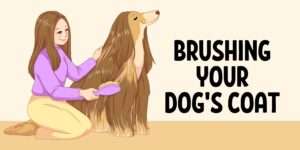
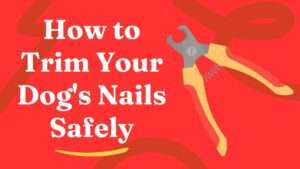
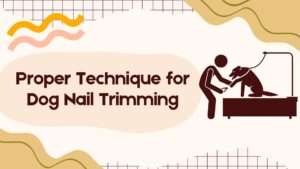
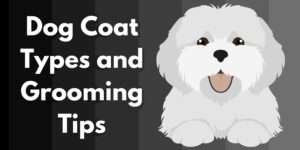

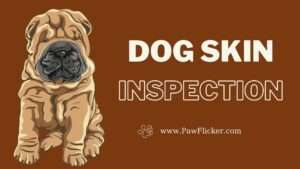








+ There are no comments
Add yours